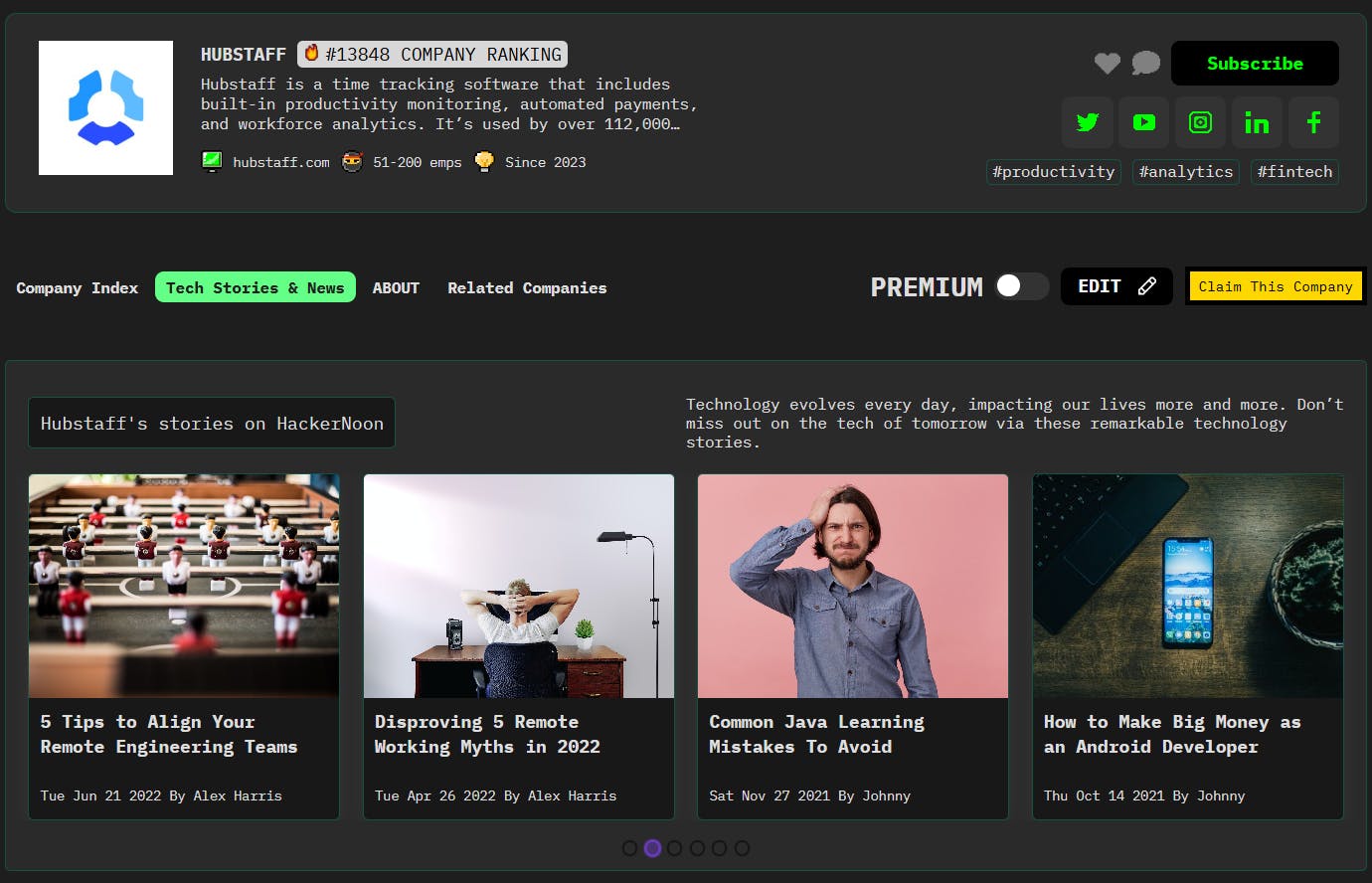Editor’s note: This series profiles six of the Seattle region’s “Uncommon Thinkers”: inventors, scientists, technologists and entrepreneurs transforming industries and driving positive change in the world. They will be recognized Dec. 11 at the GeekWire Gala. Uncommon Thinkers is presented in partnership with Greater Seattle Partners.
BOTHELL, Wash. — Before he became the CEO of Portal Space Systems, Jeff Thornburg worked for two of the world’s most innovative space-minded billionaires. Now he’s working on an idea those billionaires never thought to pursue: building a spacecraft powered by the heat of focused sunlight.
Thornburg and his teammates are aiming to make Bothell-based Portal the first commercial venture to capitalize on solar thermal propulsion, a technology studied decades ago by NASA and the U.S. Air Force. The concept involves sending a propellant through a heat exchanger, where the heat gathered up from sunlight causes it to expand and produce thrust, like steam whistling out of a teakettle.

The technology is more fuel-efficient than traditional chemical propulsion — and faster-acting than solar electric propulsion, which uses solar arrays to turn sunlight into electricity to power an ion drive. Solar thermal propulsion nicely fills a niche between those two methods to move a spacecraft between orbits. But neither NASA nor the Air Force followed up on the concept.
“They didn’t abandon it for technical reasons,” Thornburg said. At the time, it just didn’t make economic or strategic sense to take the concept any further.
What’s changed?
“Lower launch costs, coupled with additive manufacturing, are the major unlocks to bring the tech to life, and make it affordable and in line with commercial development,” Thornburg said.
Thornburg argues that it’s the right time for Portal’s spacecraft to fill a gap in America’s national security posture on the high frontier. “There was no imperative for rapid movement on orbit in the 1990s,” he said. “Only recently have the threats from our adversaries highlighted the weaknesses in current electric propulsion systems, in that they have so little thrust and can’t enable rapid mobility.”
Portal’s vision has attracted interest — and financial support — from investors and potential customers. Since its founding in 2021, the startup has raised more than $20 million in venture capital. In 2024, Portal won a commitment for $45 million in public-private funding from SpaceWERX, the innovation arm of the U.S. Space Force. And next year, Portal is due to demonstrate its hardware for the first time in orbit.
So, how did Thornburg hit upon the idea of turning a decades-old idea into reality?
The path to propulsion
Thornburg, who’s now 52 years old, has focused on making things fly for most of his career. It all started when he was a college student in Missouri in the early 1990s, earning his aerospace engineering degree with an ROTC scholarship from the Air Force. He recalled a conversation he had with an instructor who was an old F-4 fighter pilot.
“With my nearsightedness, I was out of the game from a pilot standpoint,” Thornburg said. “But he said, ‘Thornburg, if you can’t fly the planes, go be as close to them as you can.’”
Thornburg signed up for a program that fast-tracked him into an aircraft maintenance role. He traveled around the world with KC-135 cargo planes, supporting missions that included the NATO-led air campaign against Yugoslavia in 1999. During his time as a flight commander and aircraft maintenance officer at MacDill Air Force Base in Florida, “I had a couple of hundred enlisted people who worked hard to keep me out of trouble,” he said.
The Air Force is where he earned his master’s degree in aerospace engineering. “My adviser had a friend that worked at the Air Force Research Lab,” Thornburg recalled. “He called him and said, ‘The Air Force is about to send this guy to do something with airplanes, but I’m pretty sure he’s going to be disappointed if he can’t come out and work on rocket engines.’”
Sure enough, Thornburg was soon working on rocket propulsion development, including a project to create what’s known as a full-flow staged combustion cycle engine. “We made what people thought was not possible possible with that program,” Thornburg said.
In 2004, Thornburg left the Air Force to work on rocket propulsion systems at Exquadrum, Aerojet and NASA. Then, in 2011, he took a phone call from SpaceX’s billionaire founder, Elon Musk. “We talked for about an hour, hour and a half on the phone — and he said, ‘I’ve got a project I want to talk to you about,’” Thornburg said.
That project led to the development of SpaceX’s methane-fueled Raptor rocket engine, which leveraged the technology that Thornburg helped pioneer at the Air Force. “That was a wild ride, because that felt like about 15 or 20 years of experience in a five-year time period,” he recalled.

After five years at SpaceX, Thornburg needed to wind down. He decided to do some consulting at his home base in Huntsville, Alabama, also known as Rocket City. “About six months in, I’m like, I need a real job again,” he said. “And some friends of mine introduced me to, ultimately, Paul Allen. Paul called me and said, ‘Can you come out to my Seattle office?’”
The Microsoft co-founder and software billionaire enlisted Thornburg to become the head of rocket propulsion development for Stratolaunch, Allen’s space venture. Thornburg led the effort to create a liquid rocket engine known as the PGA — which stood for “Paul G. Allen.”
Unfortunately, Allen passed away in 2018, just one month after the engine was unveiled. Under new ownership, Stratolaunch pivoted to hypersonic testing, and the PGA project fell by the wayside. Once again, Thornburg and his family hunkered down in Huntsville.
Building a business
“I decided to start my first space company after Paul died,” Thornburg said. “I focused on hydrogen propulsion technology and solutions, kind of like what we were working on for Paul.”
That first company, Interstellar Technologies, started working on projects for NASA, Northrop Grumman and a couple of other customers. Then the pandemic hit. “The investors that were about to provide funding disappeared,” Thornburg said. “NASA went home, Northrop Grumman went home. And so I had to find my small team other jobs.”
Just as Thornburg was about to resign himself to riding out the pandemic in Alabama, Amazon’s recruiters called. They asked him to move to Seattle to run engineering and manufacturing for Project Kuiper, the satellite internet project that’s now known as Amazon Leo. “That’s ultimately what got us moved to Seattle,” Thornburg said.
His yearlong stint at Amazon was long enough to establish the process for building Project Kuiper’s two prototypes and the production-grade satellites that came after them. Then he took on engineering management roles at Agility Robotics and Commonwealth Fusion Systems.
That’s when Portal Space Systems took shape.

To be fair, the seeds for Portal were planted back in 2016, just weeks after Thornburg left SpaceX. “Lawrence Livermore Lab had called and said, ‘We’re doing a seminar on the future of propulsion. Would you like to come be a speaker?’” he recalled. “I said, ‘Yes, what do you want me to talk about?’ They said, ‘We want you to tell us what the future of propulsion looks like.’ Oh my gosh, no pressure on that!”
As he did the research for his talk, he came across the idea of putting a nuclear reactor on a spacecraft, and using the concentrated heat from that reactor to blast a propellant through a thruster. The concept, known as nuclear thermal propulsion, seemed like a stretch — but then Thornburg had an uncommon thought.
“Can you concentrate solar energy to heat a thrust chamber and do the same thing?” Thornburg said. “You can. It’s not quite as effective as a nuclear reactor, for obvious reasons, but it’s all the same pieces. … Now I don’t have to wait on a low-cost, low-weight, space-rated nuclear reactor that doesn’t exist yet.”
Thornburg mulled over the idea for years. “I was thinking about Portal, and I was starting the beginnings of Portal in 2021, but I still had to pay the bills,” he said. For a couple of years, he worked during the day at Agility Robotics and Commonwealth Fusion — and spent nights and weekends laying the groundwork for the startup.
“When Portal could really start to stand on its own, as we started to win over the Defense Department, that’s when I made the switch with all of my time focused on what was going on in Portal,” Thornburg said. In April 2024, the startup emerged from stealth and announced it had received more than $3 million in funding from the Defense Department and the Space Force.
The road ahead
Portal’s flagship vehicle is called Supernova. It’s a rapid-transorbital, multi-mission vehicle that should be capable of moving itself and its payloads from one orbit to another — even from low Earth orbit to geostationary Earth orbit, more than 20,000 miles higher up. And it should be able to do that within hours or a day, rather than the weeks or months that are typically required.
The spacecraft itself will be about the size of a restaurant refrigerator. To concentrate sunlight on its heat exchanger and thruster system, Supernova will use sheets of reflective material that can unfold to a width of roughly 55 feet. Ammonia will serve as the propellant. The 3D-printed heat exchanger thruster, dubbed Flare, was successfully tested earlier this year.
Next year’s orbital demonstration will involve putting an instrument package known as Mini-Nova, which is about the size of a tissue box, on a satellite platform that’s due for launch on a SpaceX rideshare mission. The demonstration is meant to validate Supernova’s system design.

In late 2026, Portal plans to send up a free-flying spacecraft called Starburst, which will be equipped with thrusters powered by an electrothermal heating system. Starburst won’t be as powerful as Supernova, but it will provide Portal’s customers with an early option for rapid maneuverability in orbit. If next year’s test goes well, Starburst is expected to start taking on customer missions in 2027.
2027 is also the year when Supernova is scheduled to make its debut. All of the development work for Supernova and Starburst will be taking place at Portal’s 8,000-square-foot lab and 50,000-square-foot manufacturing facility in Bothell.
Throughout Portal’s formative years, Thornburg has worked with fellow members of the “small team” he assembled at Interstellar Technologies. Both of Portal’s other co-founders — chief operating officer Ian Vorbach and engineering vice president Prashaanth Ravindran — crossed paths with Thornburg at Interstellar, and at Stratolaunch before that.
Vorbach, whose background includes startup experience as well as engineering experience, said Portal’s business model has been fine-tuned to make sure it addresses the needs of its target market. He and Thornburg identified the U.S. military’s need for tactical responsiveness in space as the top priority.

“What happens a lot in the space industry is that you have incredibly technical, talented people who have a technology that provides some very unique performance, and then they build it, and it turns out that performance isn’t needed,” Vorbach said. “There’s got to be a reason to bring that innovation to market.”
Vorbach is grateful for Thornburg’s leadership. “We work very long hours, but I think Jeff does a great job of making sure people know that they’re valued,” he said. “I appreciate that, and I think it’s why we, fortunately, are able to hire great talent from the places he’s come from, whether it’s SpaceX or Kuiper.”
Ravindran, who worked at Jeff Bezos’ Blue Origin space venture before taking a founder’s role at Portal, agreed with that assessment. “It’s always amazing to have someone like Jeff out there, because he’s come up the engineering road to realize our pain points as well, and he doesn’t try to hold us to unfair standards,” he said. “That way, we are not set up for failure.”
Stan Shull, a space industry analyst at Bellevue, Wash.-based Alliance Velocity, gives Portal high marks. “In space terms, a highly maneuverable satellite is said to have high delta-V,” he told GeekWire in an email. “Portal, as a company, feels high delta-V too.”
Thornburg’s experience and expertise are big factors behind Portal’s rapid progress, Shull said. “He’s very knowledgeable about national security issues and is a straight shooter about the growing threat environment in orbit,” he said. “It’s no surprise the Space Force is among the many customers interested in what the company is up to.”
What will Portal be up to next? Looking long-term, Thornburg is intrigued by the quantum frontier. “I think there are some very interesting things happening in our understanding of quantum physics that will have propulsion applications, that won’t look like propulsion as we know it right now,” he said. “If we could fold spacetime in clever ways … there’s been plenty of writing about that.”
But when he takes a more realistic look at what could happen in his lifetime, Thornburg can’t stop thinking about nuclear propulsion. “Our Supernova spacecraft will have a version that will leverage a nuclear reactor at some point. That was always the going-in position,” he said.
The way Thornburg sees it, the nuclear option will revolutionize spacecraft — and expand humanity’s reach on the final frontier while we figure out how to fold spacetime.
“Nuclear thermal will get us further into the solar system, and this Earth-moon-Mars becomes our backyard,” he said. “But, you know, for my 12-year-old version of myself, that’s not enough.”











